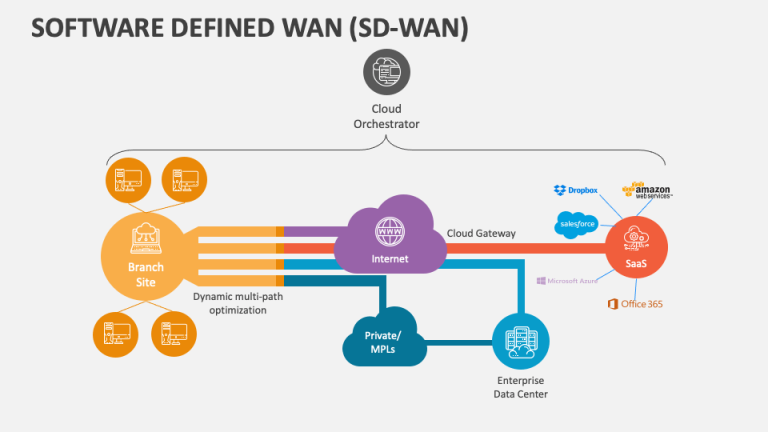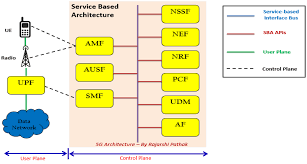X2-AP Demystified: Exploring the X2 Application Protocol
telcomatraining.com – In the realm of modern communication technology, the X2 Application Protocol (X2-AP) plays a crucial role in ensuring network efficiency and reliability. This protocol is primarily used in cellular networks to support communication between base stations (eNodeBs) within the LTE (Long-Term Evolution) network architecture. In this article, we will delve into X2-AP, exploring its function, key components, and the benefits it provides to telecommunication systems.
What is the X2 Application Protocol (X2-AP)?
The X2-AP is a communication protocol designed to facilitate the exchange of information between eNodeBs in an LTE network. It operates over the X2 interface, which connects one eNodeB to another. The protocol’s purpose is to support seamless network operations, including resource management, data transfer control, and Quality of Service (QoS) maintenance.
In the context of LTE, X2-AP plays a pivotal role in supporting handovers, which is the process of transferring a user’s connection from one eNodeB to another without disrupting service. Additionally, it is also used for load management and interference coordination between eNodeBs, improving overall network performance.
Key Components of X2-AP
- Handover Management
One of the primary functions of X2-AP is facilitating handovers. This process involves the exchange of messages between the source eNodeB and the target eNodeB to ensure that the user remains connected even as they move between locations. X2-AP enables the transfer of user context, including security information and configuration data, between the eNodeBs. - Load Management
In LTE networks, the load distribution across eNodeBs is often uneven. X2-AP allows coordination of load sharing by transmitting information regarding network conditions. This helps prevent overloading specific eNodeBs and ensures a better user experience by balancing the load across the network. - Interference Management
X2-AP also plays a role in reducing interference between neighboring eNodeBs. The protocol allows eNodeBs to share information about frequency spectrum usage, thereby improving network efficiency and signal quality. - Error Reporting
In the event of errors or issues within the network, X2-AP enables eNodeBs to report such conditions. This information can then be used for diagnostics and network recovery.
Advantages of X2-AP in LTE Networks
- Operational Efficiency
By providing a direct communication channel between eNodeBs, X2-AP reduces latency that might occur during data transfer or handover processes. This is critical in ensuring that users experience a fast and responsive network. - Maintaining Quality of Service
In a dynamic network environment, X2-AP helps maintain the quality of service by supporting real-time resource management. The protocol allows operators to maximize network capacity without compromising on quality. - Flexibility and Scalability
X2-AP is designed to support the growing needs of modern networks. The protocol is compatible with various eNodeB implementations and can be integrated with other network technologies to support future services such as 5G. - Better Coordination
In a complex LTE network, coordination between eNodeBs is key to achieving optimal performance. X2-AP provides an efficient framework for communication between devices, enabling better network management.
Challenges in Implementing X2-AP
Despite its many advantages, the implementation of X2-AP does come with its challenges. One of the primary issues is the complexity of managing the protocol, especially in networks with a large number of eNodeBs. Additionally, ensuring the security of the data exchanged via X2-AP is of paramount importance, as cyber threats in the telecommunications industry continue to rise.
The Future of X2-AP
With the evolution of 5G and future networks, X2-AP is expected to continue adapting to meet new demands. As network architectures become more complex, the role of this protocol as a communication link between network elements remains vital. Integration with emerging technologies like network virtualization and edge computing is also a potential direction for the future development of X2-AP.
Conclusion
The X2 Application Protocol (X2-AP) is a critical component of LTE networks that enables efficient communication between eNodeBs. With key functions such as handover management, load control, and interference reduction, the protocol ensures optimal network performance for users. While facing challenges in implementation, the potential of X2-AP to evolve alongside future technologies makes it an essential part of the telecommunications industry’s ongoing development.
By understanding X2-AP in-depth, we can better appreciate its role in delivering seamless and reliable communication experiences.







